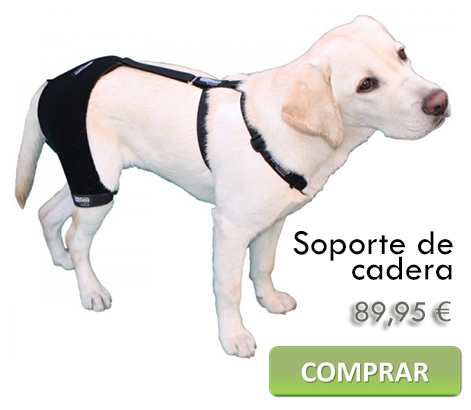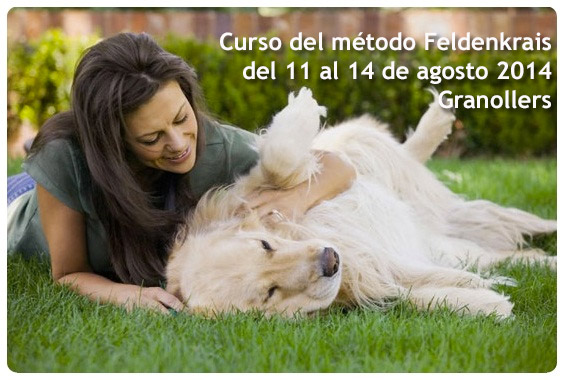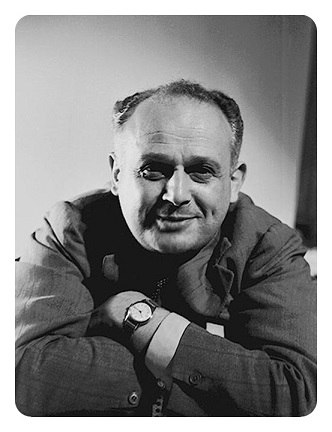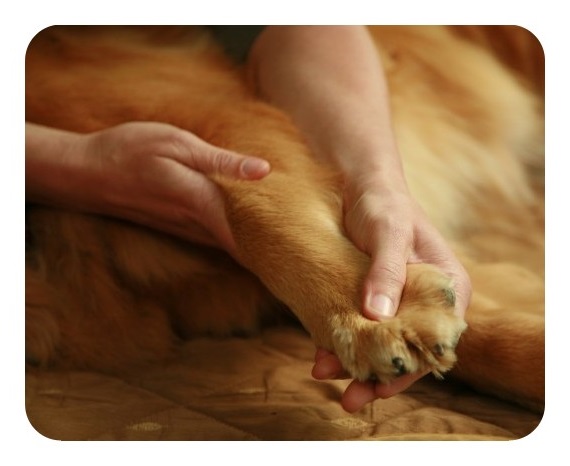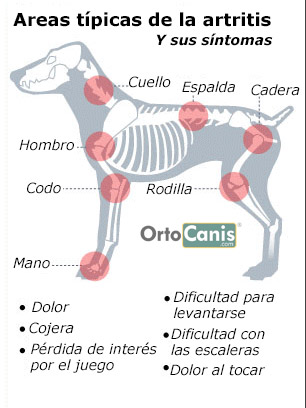 Luckily or unfortunately dogs don’t talk, so sometimes it can be hard to tell if they’re in pain. Fortunately, the dog’s response to pain is very similar to what we give. Depending on its level of tolerance to it, its intensity and its origin, we will observe changes in behavior that seek to avoid it. These avoidant behaviors will be more or less marked, so it is important to know well what the normal behavior of the dog in question is to realize the changes.
Luckily or unfortunately dogs don’t talk, so sometimes it can be hard to tell if they’re in pain. Fortunately, the dog’s response to pain is very similar to what we give. Depending on its level of tolerance to it, its intensity and its origin, we will observe changes in behavior that seek to avoid it. These avoidant behaviors will be more or less marked, so it is important to know well what the normal behavior of the dog in question is to realize the changes.
These changes can manifest themselves in the form of general behavioral alterations ranging from depression/apathy of the animal, through loss of appetite and abnormal panting, to situations of social avoidance or even aggressiveness, especially when the pain becomes more intense when touching the area causing said pain.
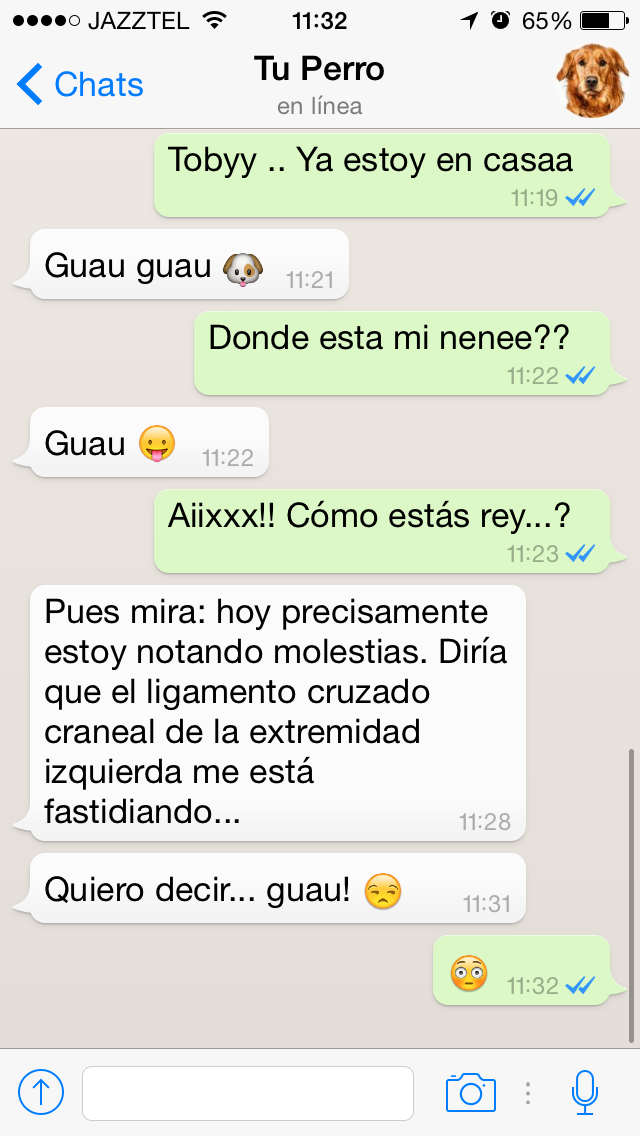 In more concrete terms, postural or movement alterations can be observed: the dog avoids performing those movements and postures that intensify the pain. A simple example is not to support that leg that is injured. There can also be an excessive grooming behavior of the painful area, which can bring more serious situations, such as when a small lesion on the skin is complicated in licking dermatitis, although the pain is a physiological response of protection whose function is to avoid the aggravation of an injury.
In more concrete terms, postural or movement alterations can be observed: the dog avoids performing those movements and postures that intensify the pain. A simple example is not to support that leg that is injured. There can also be an excessive grooming behavior of the painful area, which can bring more serious situations, such as when a small lesion on the skin is complicated in licking dermatitis, although the pain is a physiological response of protection whose function is to avoid the aggravation of an injury.
Those abnormal postures that the dog adopts to avoid feeling pain or to decrease its intensity are called analgesic postures. An example of these is the slouching that can be observed in the face of abdominal pain. With this posture the animal seeks to reduce the tension exerted by the walls of the abdomen on the organs of the cavity, which is where the pain has its origin.
Sometimes realizing the problem is not so simple, because the tolerance that the specific dog has to pain varies from one animal to another. Also, as with people, pain is difficult to quantify objectively. Even the situation occurs that pain can confuse us about the origin of it, because pain is a nervous mechanism that can originate from a localized physical injury, but it can also originate in the nervous system without having an apparent injury in the painful area. An example of this situation is the pain that is observed in a pinching in the spine: the pain does not manifest itself more intensely in the place where the injury is, but refers to the areas that are innervated by the affected nerves.
It also happens that the pain feels different depending on the affected tissue. It is easy to locate the exact place of injury in the case of muscle or skeletal pain, but not when the problem is of an internal organ: a thorn stuck in a finger is easy to find, but to know the cause of abdominal pain, the perception of which is more diffuse, it is advisable to carry out more detailed explorations, even with more informative diagnostic techniques such as an ultrasound or an X-ray.
What is really important is to realize as soon as possible the existence of pain, both to treat the problem that originates it as soon as possible and to take measures to reduce its intensity. Since pain, although a physiological response to protect the body from the complication of injuries, has been shown to delay recovery from injury. It is for this reason that treatments against pain are used even before it appears in surgical interventions. In this way it has been possible to shorten the recovery time of the dog, in addition to significantly improving its well-being.
In addition, it has been seen that if the pain is not treated it can become chronic and require lifelong medication, since the nerves are “sensitized”, even when the cause of that pain has already been resolved.
www.Ortocanis.com Veterinary Team



